Table of Contents
Introduction
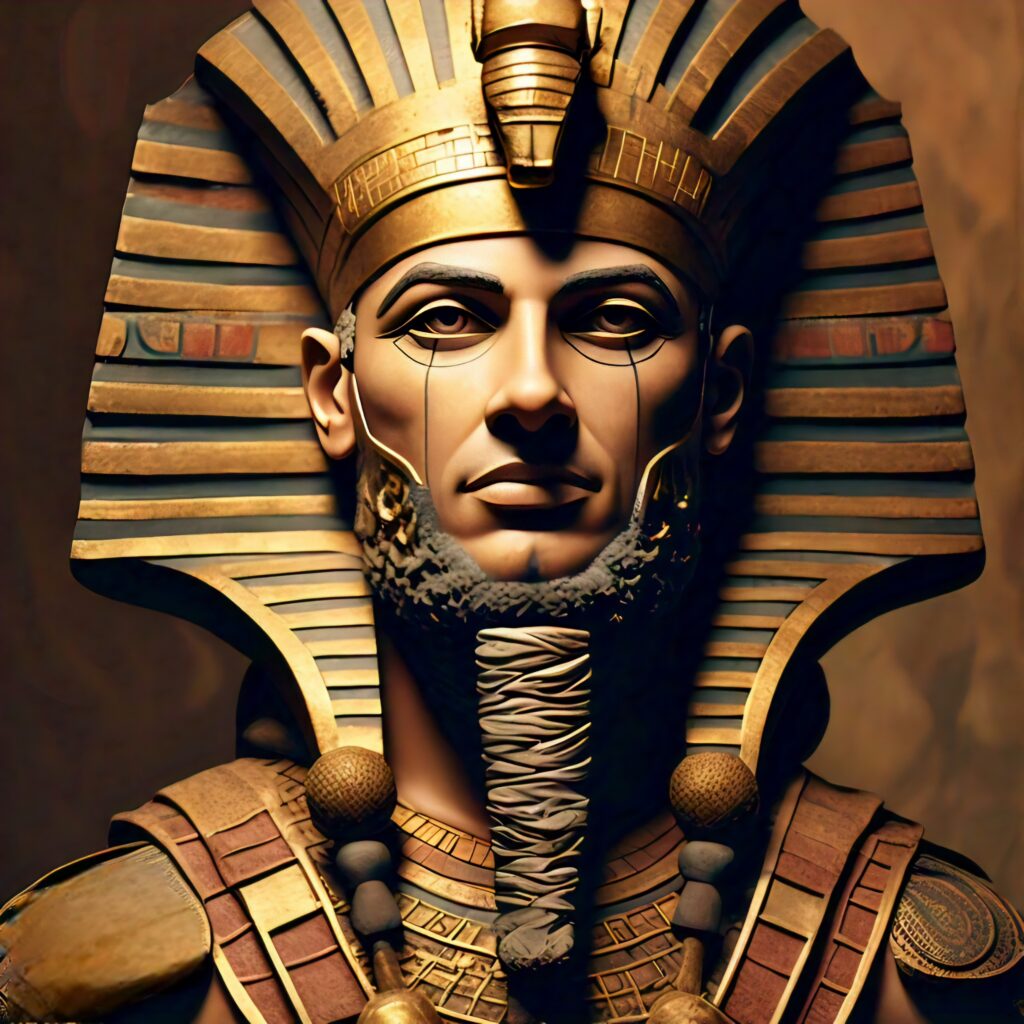
Ancient Egypt, a land shrouded in mystery and grandeur, has always captivated historians and enthusiasts alike. When we speak of the Egyptian Golden Age, we’re referring to a period of unparalleled prosperity, achievement, and cultural flourishing. This era, marked by extraordinary advancements and remarkable stability, is often considered one of the zeniths of ancient civilization. Let’s embark on a journey to uncover the facets of this golden era and understand why it remains so significant in history.
Historical Context
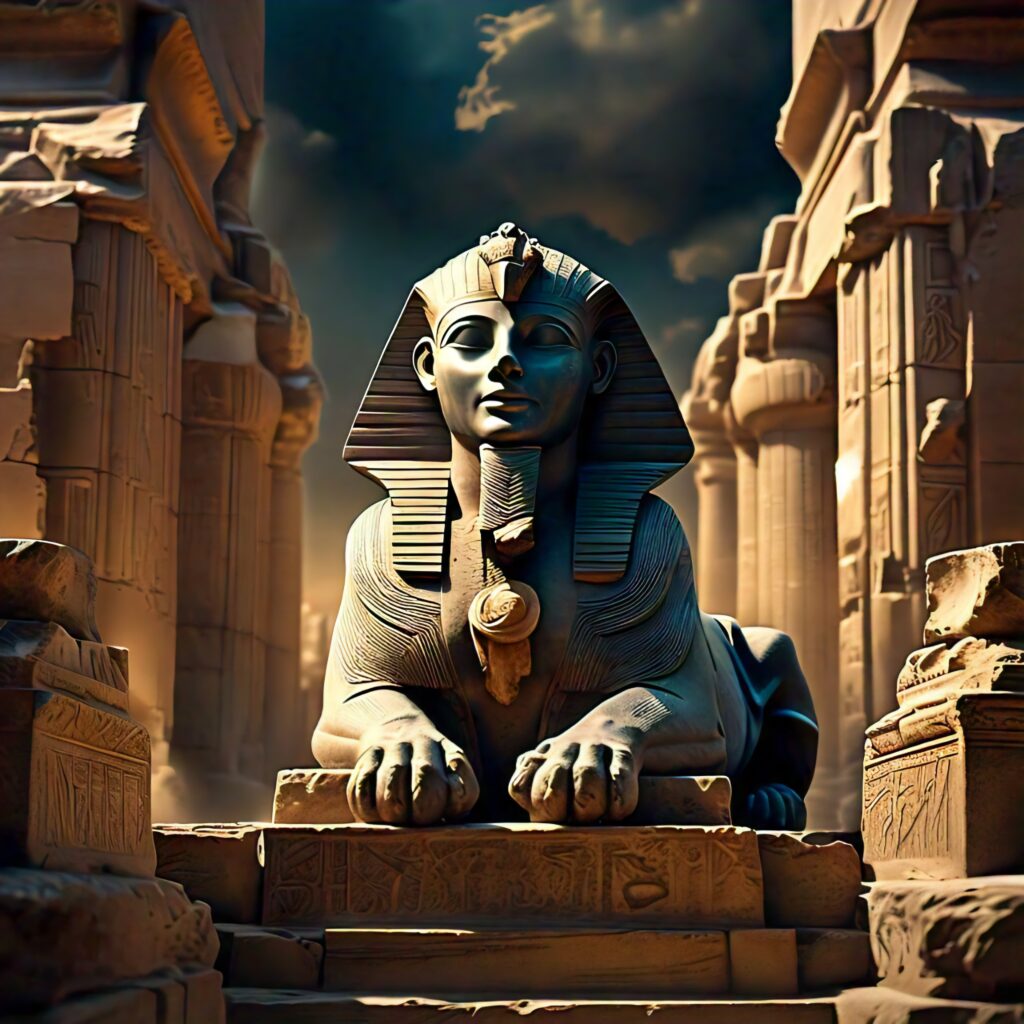
To appreciate the Egyptian Golden Age, it’s essential to understand the context in which it flourished. Ancient Egyptian civilization, with its roots stretching back to the Neolithic period, began to take shape around 3100 BCE when Upper and Lower Egypt were unified. The civilization is divided into several periods, with the Old Kingdom, Middle Kingdom, and New Kingdom representing the most notable phases of its golden age.
Key Phases of the Golden Age
The Old Kingdom (c. 2686–2181 BCE)
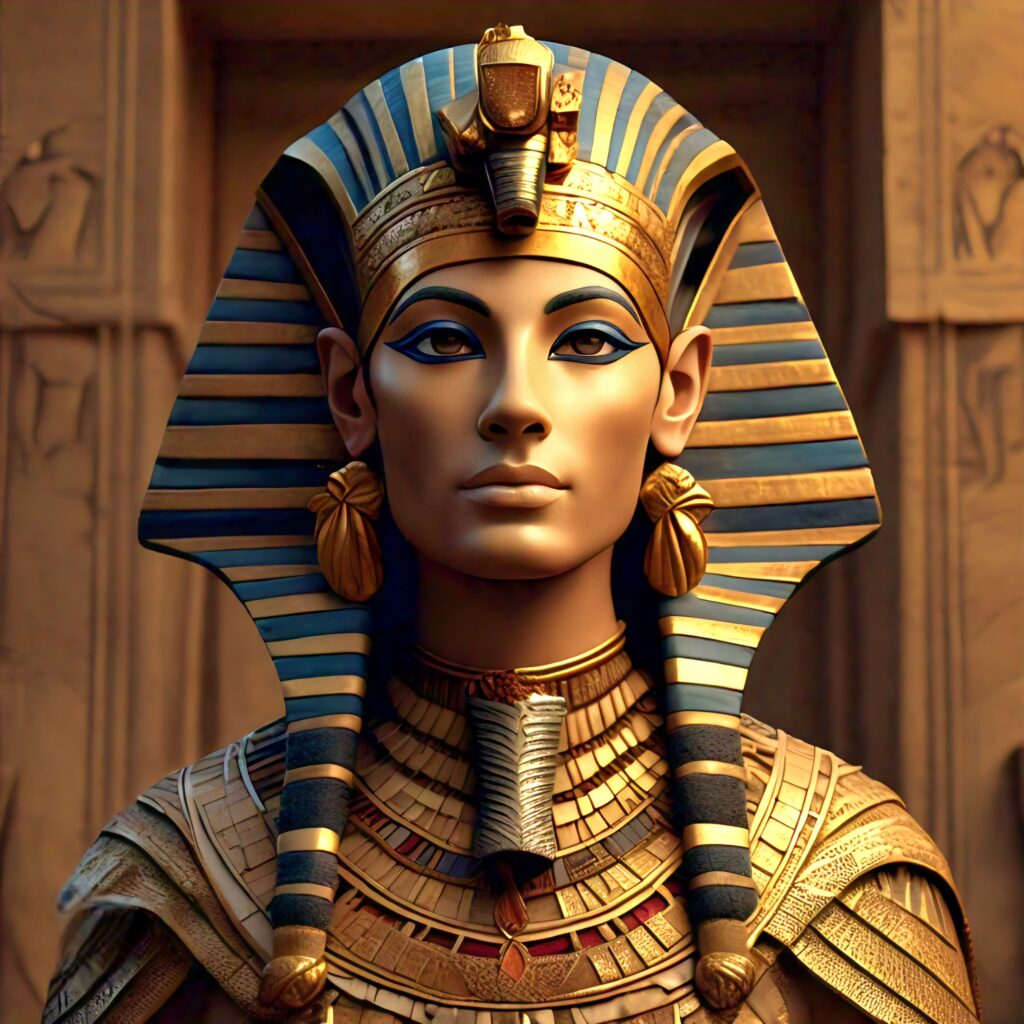
Often referred to as the “Age of the Pyramids,” the Old Kingdom is famous for its architectural innovations, particularly the construction of the pyramids of Giza. During this period, Egypt saw the consolidation of power under a series of strong pharaohs, who centralized authority and established a structured administrative system. The Great Pyramid of Giza, built under Pharaoh Khufu, remains one of the Seven Wonders of the Ancient World, symbolizing the grandeur and technological prowess of this era.
The Middle Kingdom (c. 2055–1650 BCE)

The Middle Kingdom, sometimes called the “Period of Reunification,” followed a time of political instability and division. This era is characterized by significant achievements in art, literature, and government reform. Pharaohs like Mentuhotep II and Amenemhat III implemented extensive building projects, including the construction of impressive temples and fortresses. The Middle Kingdom also saw a flourishing of literary works, including wisdom literature and poetic compositions that provide valuable insights into Egyptian society and values.
The New Kingdom (c. 1550–1070 BCE)
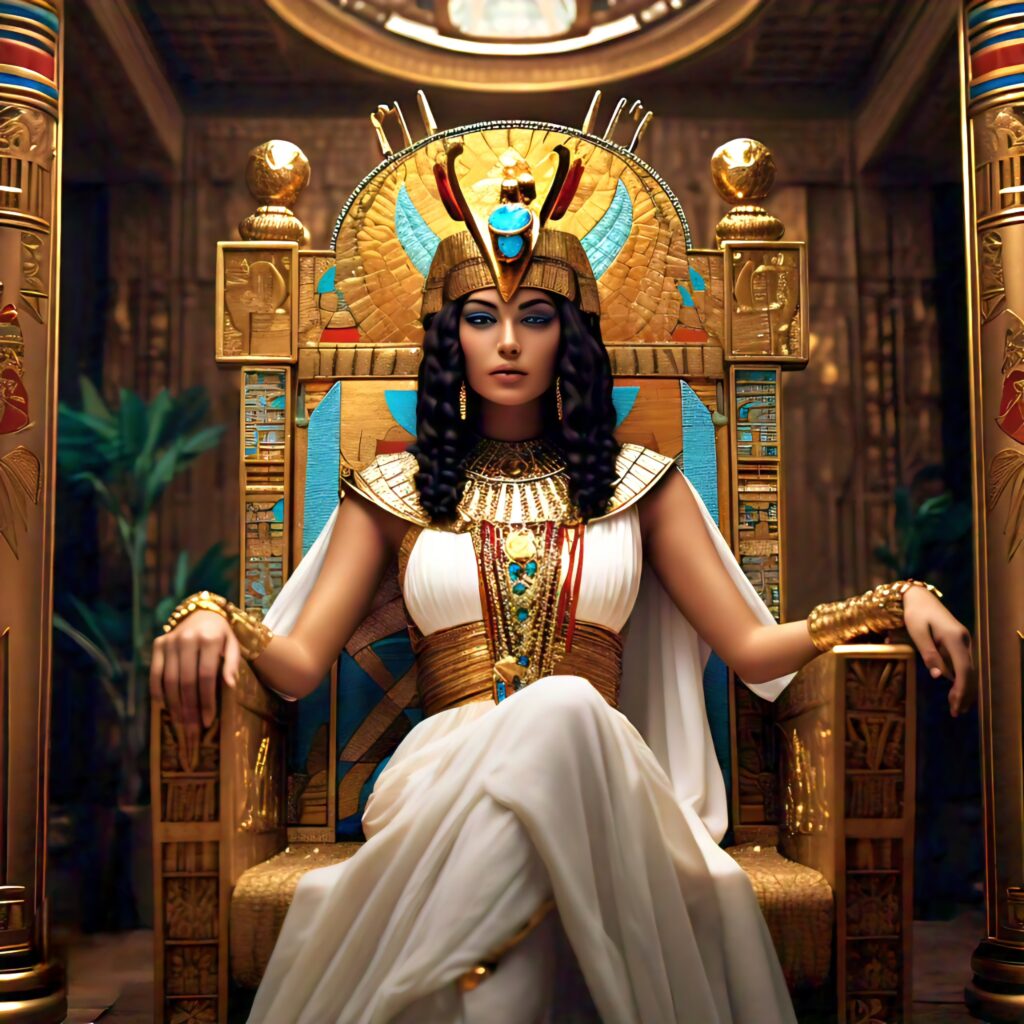
The New Kingdom, or the “Empire Period,” is often regarded as the height of Egypt’s power and influence. It was during this time that Egypt expanded its territory to its greatest extent, extending its influence into Nubia and the Near East. This period saw the construction of magnificent temples such as Karnak and Luxor, as well as the establishment of the famous Valley of the Kings. Pharaohs like Ramses II and Tutankhamun left behind a legacy of monumental architecture and opulent tombs, symbolizing the zenith of Egyptian wealth and artistic achievement.
Major Achievements
Architectural Marvels

The Egyptian Golden Age is renowned for its architectural innovations, with the pyramids of Giza being the most iconic. These colossal structures were built with remarkable precision and engineering skill, demonstrating the advanced understanding of geometry and construction techniques. Additionally, the temples and tombs from this era, such as the temples of Karnak and Abu Simbel, showcase intricate carvings and grand designs that reflect the sophistication of Egyptian artistry.
Advances in Art and Literature
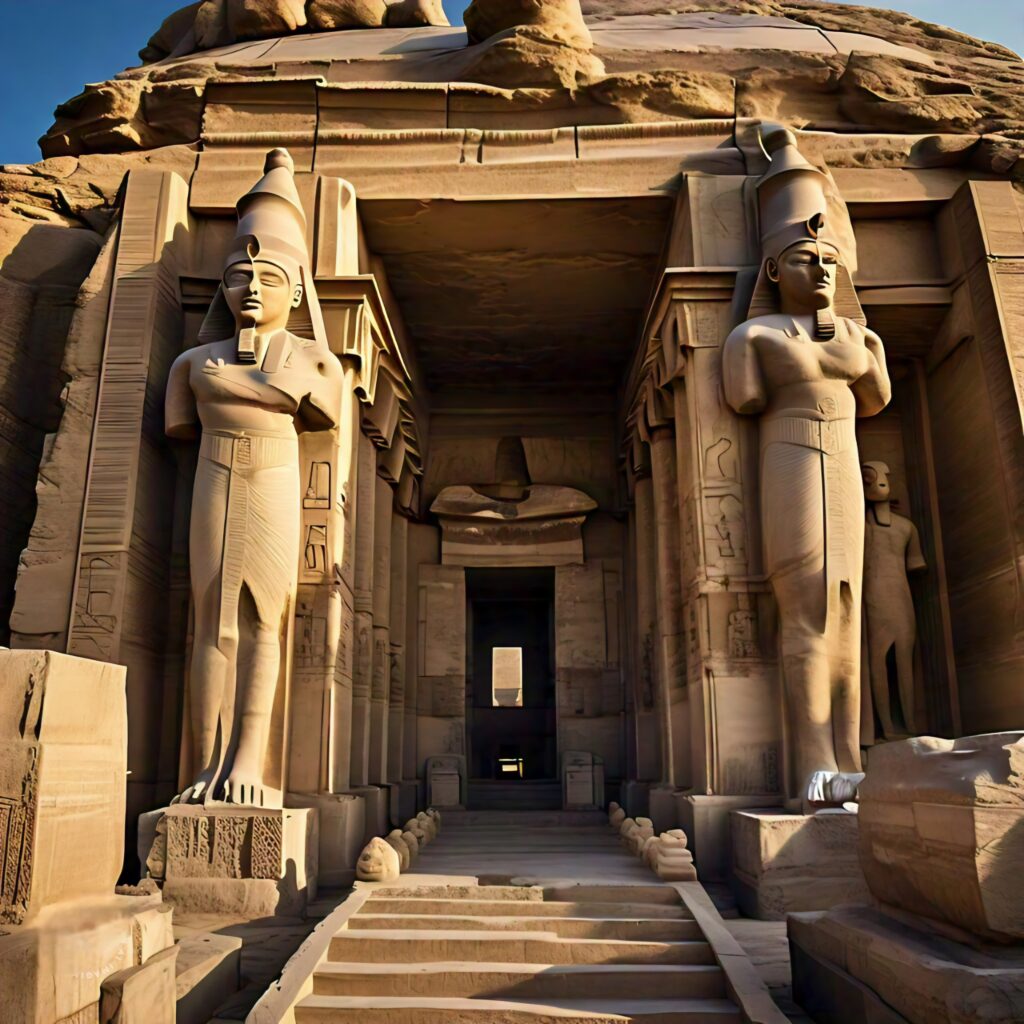
The art and literature of the Egyptian Golden Age reflect a deep appreciation for beauty, order, and religious devotion. Artisans created detailed frescoes, sculptures, and jewelry that depicted gods, pharaohs, and daily life with incredible precision. Literary works from this period, including the “Instructions of Ptahhotep” and “The Tale of Sinuhe,” offer insights into the values, beliefs, and daily experiences of ancient Egyptians.
Technological Innovations
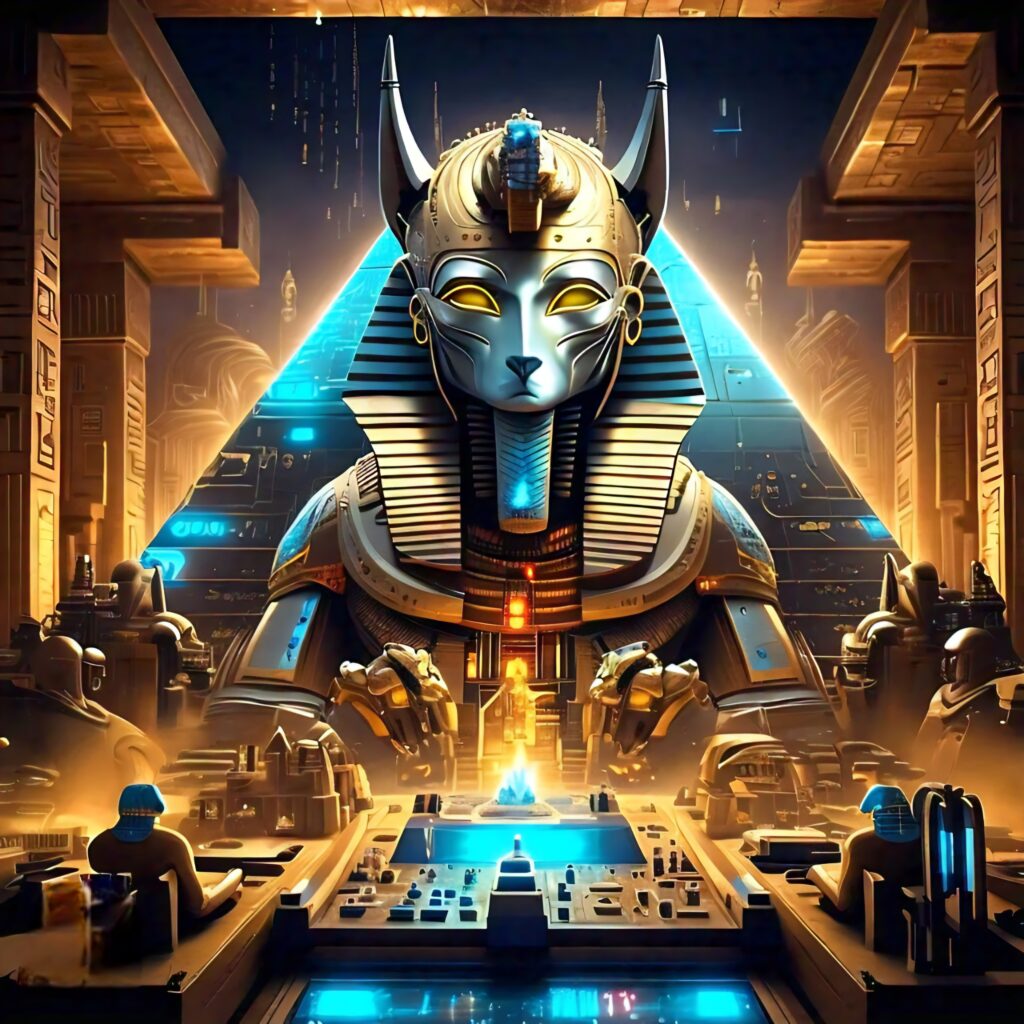
Technological advancements during the Golden Age include developments in metallurgy, agriculture, and medicine. The Egyptians perfected techniques for working with metals such as copper and gold, which were used in crafting tools, weapons, and ornaments. Innovations in irrigation and farming practices allowed for more efficient agriculture, supporting the growing population and economic prosperity.
Political and Social Structure
Role of Pharaohs
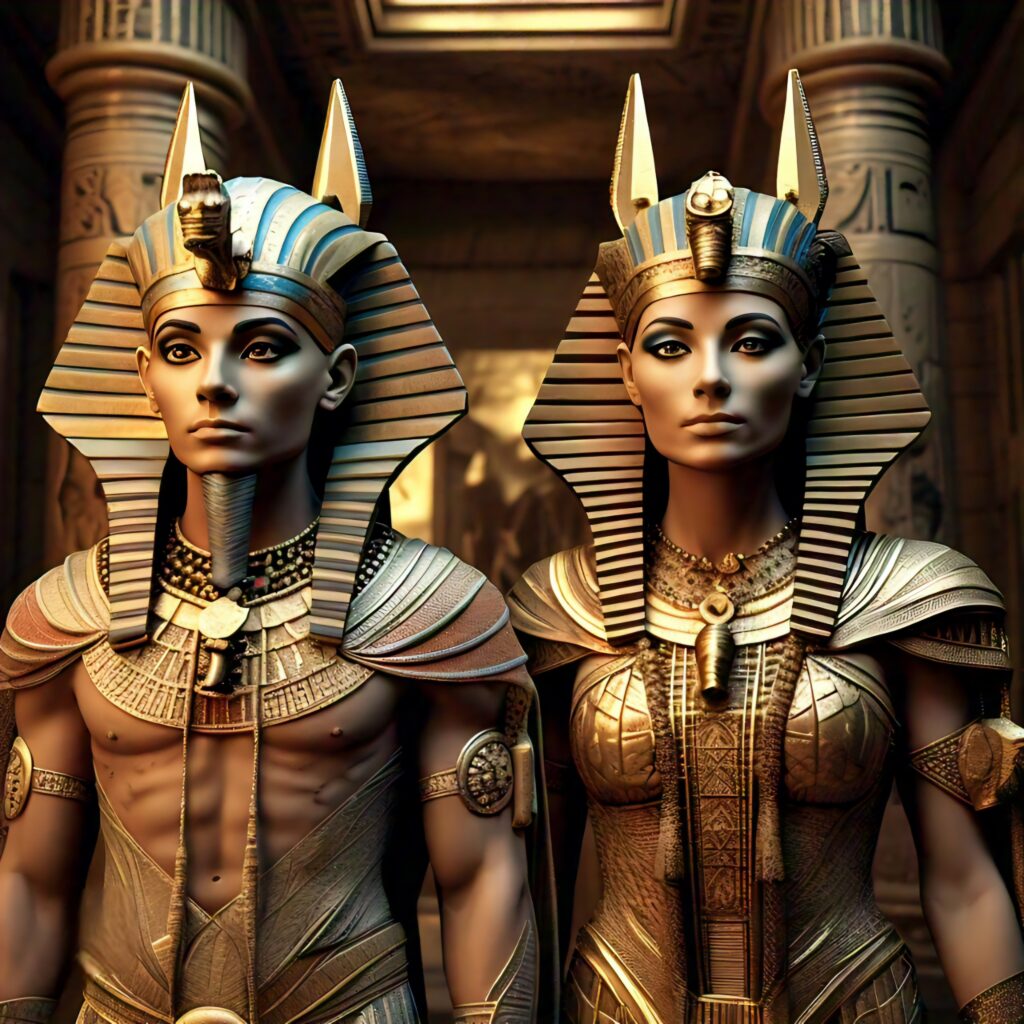
Pharaohs were central to the political and religious life of ancient Egypt. They were considered both divine rulers and earthly kings, embodying the gods’ will on earth. Their leadership was crucial in maintaining order, directing monumental building projects, and ensuring the prosperity of the nation.
Administrative Systems
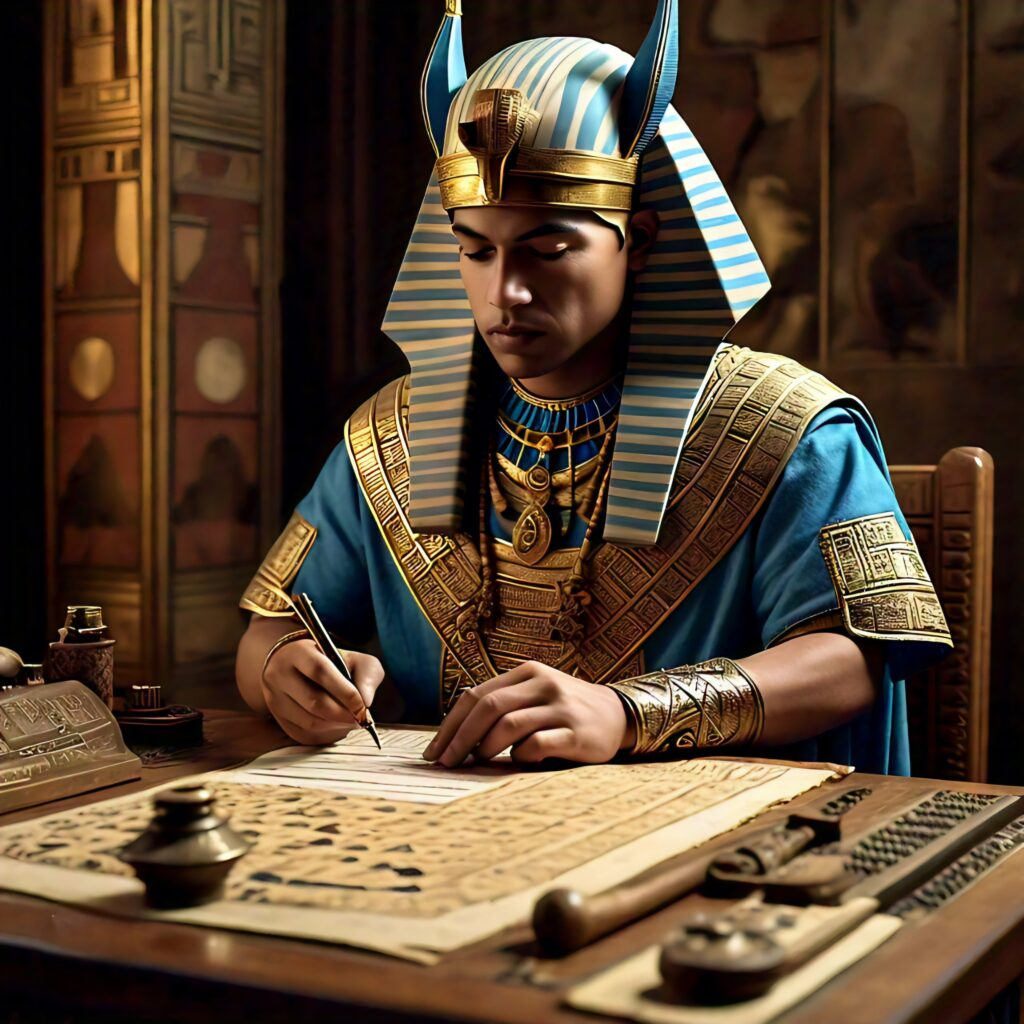
The administrative system of ancient Egypt was highly organized, with a network of officials and scribes managing various aspects of governance, from tax collection to legal matters. The development of a complex bureaucracy allowed for effective management of resources and state affairs, contributing to the stability and success of the Golden Age.
Social Hierarchy and Daily Life

Egyptian society was structured hierarchically, with the pharaoh at the top, followed by nobles, priests, scribes, artisans, and farmers. Daily life for most Egyptians was centered around agriculture and community activities. The prosperity of the Golden Age allowed for advancements in leisure activities, education, and the arts, enriching the cultural life of the society.
Economic Prosperity
Trade and Commerce
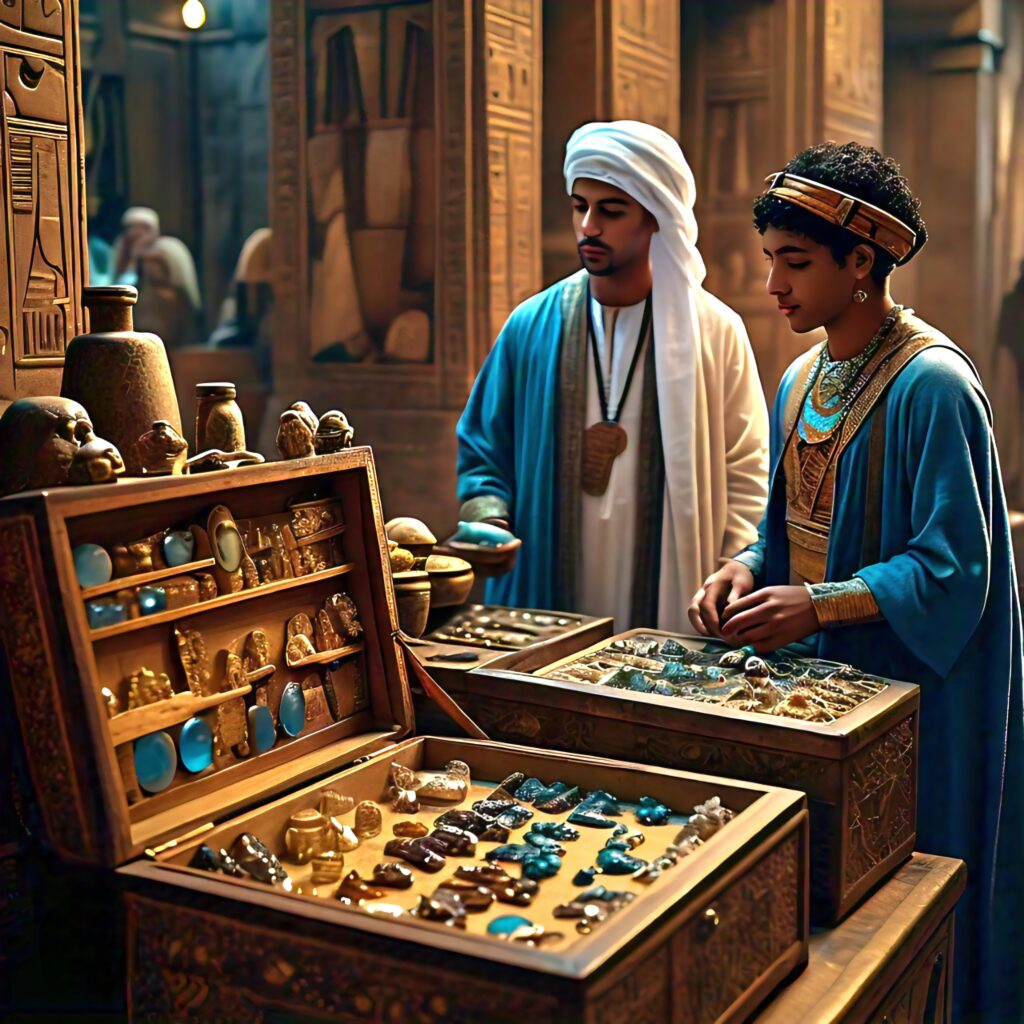
Trade was a vital component of Egypt’s economic prosperity during the Golden Age. The Egyptians engaged in extensive trade networks, exchanging goods such as grain, linen, and papyrus for valuable resources like timber, incense, and precious metals. Trade routes extended across the Mediterranean, Red Sea, and beyond, facilitating cultural and economic exchanges.
Agriculture and Resource Management

Agriculture was the backbone of the Egyptian economy, supported by the fertile land along the Nile River. Innovations in irrigation and crop management enabled the Egyptians to produce surplus food, which supported the growing population and enabled the development of complex urban centers.
Religious and Cultural Developments
Major Deities and Religious Practices
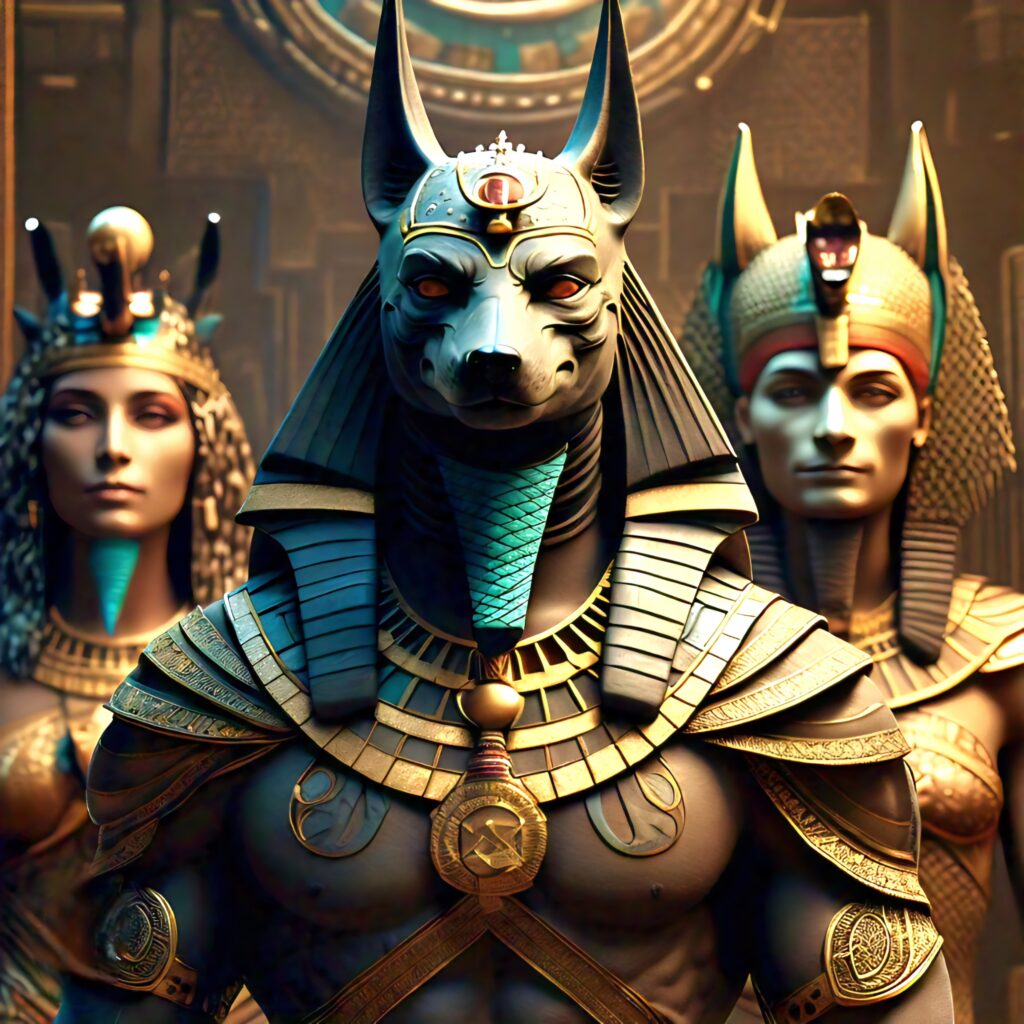
Religion played a central role in the lives of ancient Egyptians. The pantheon of gods and goddesses, such as Ra, Osiris, and Isis, was integral to religious practices and rituals. Temples and shrines were built to honor these deities, and elaborate ceremonies were conducted to ensure the favor of the gods.
Influence of Religion on Culture and Art
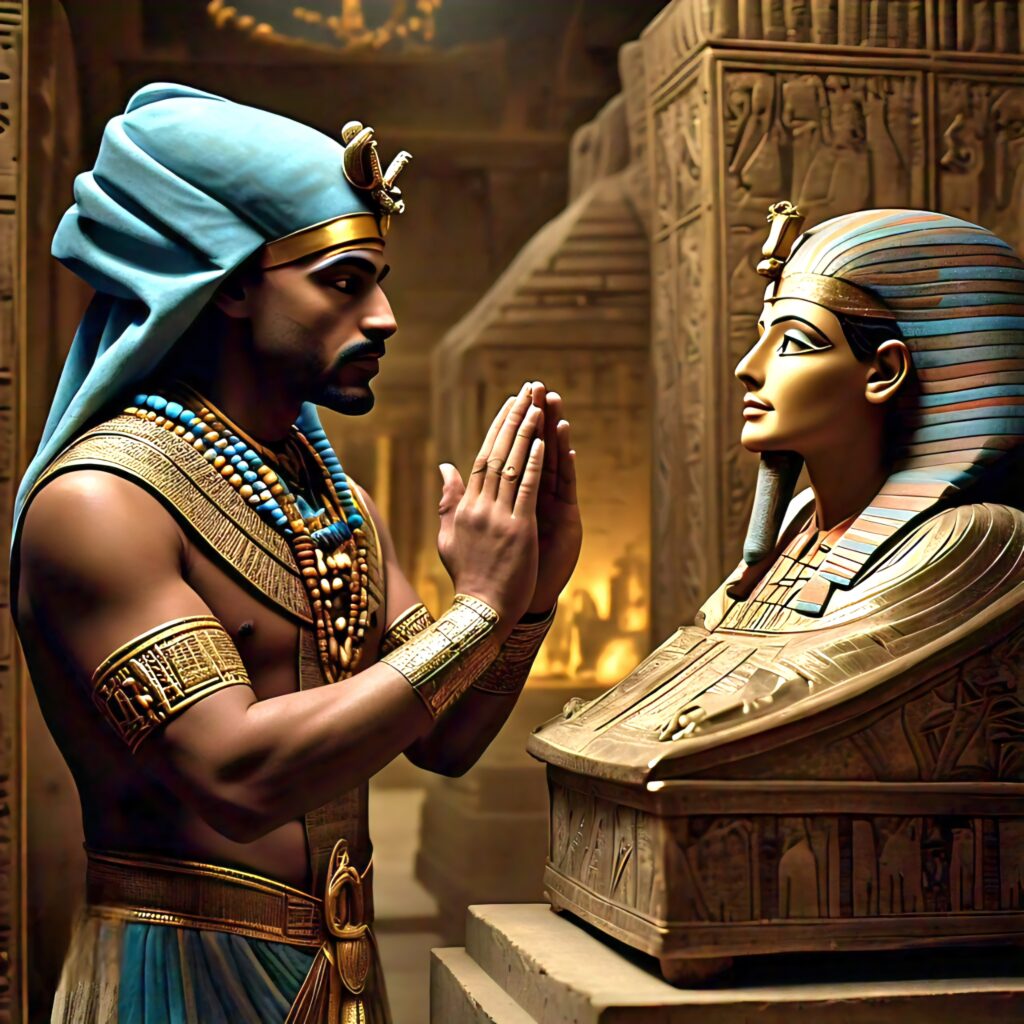
The influence of religion on Egyptian culture is evident in its art and architecture. Temples and tombs were adorned with religious imagery and inscriptions, reflecting the Egyptians’ belief in the afterlife and the divine nature of their rulers. Religious festivals and rituals were also important cultural events, reinforcing the connection between the gods and the people.
Decline of the Golden Age
Factors Leading to Decline

The decline of the Egyptian Golden Age was influenced by a combination of factors, including internal strife, economic challenges, and invasions by foreign powers. Periods of weak leadership and political fragmentation contributed to the erosion of central authority and stability.
The Transition to the Late Period
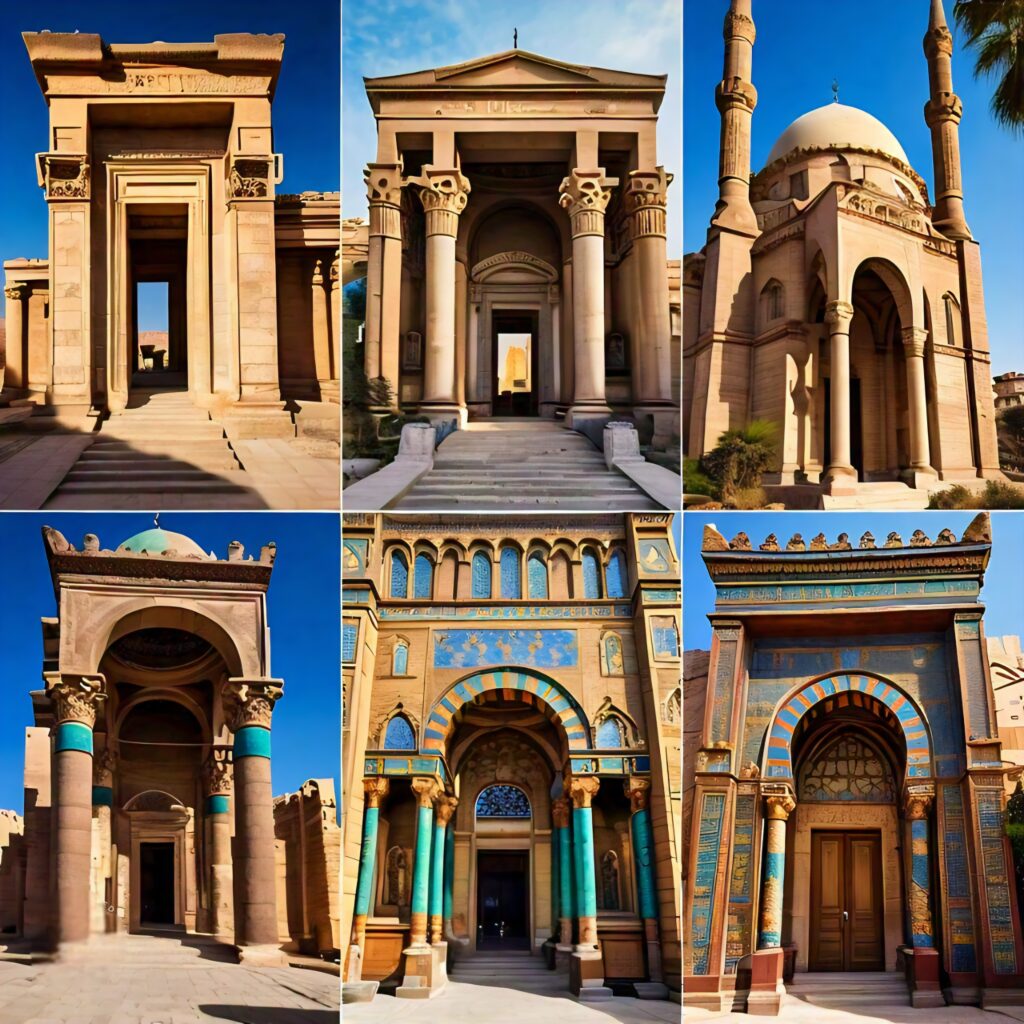
Following the decline of the New Kingdom, Egypt entered a phase of fragmentation and foreign domination, known as the Late Period. Despite the challenges, the legacy of the Golden Age continued to influence subsequent periods of Egyptian history and culture.
Legacy and Influence
Impact on Subsequent Cultures
The achievements of the Egyptian Golden Age left a lasting impact on subsequent cultures and civilizations. The architectural and artistic innovations of ancient Egypt influenced other cultures in the Mediterranean and Near East, contributing to the broader historical and cultural heritage of the region.
Preservation and Rediscovery in Modern Times
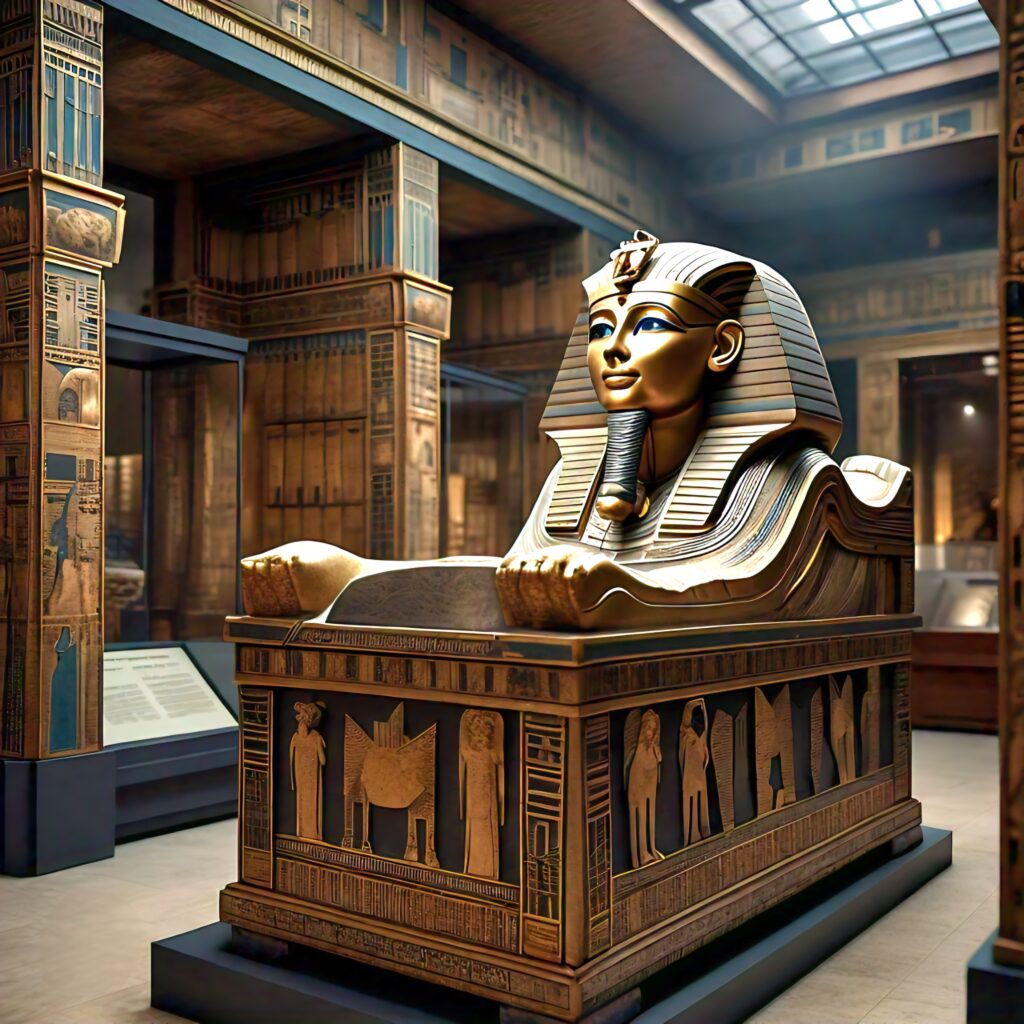
The rediscovery of ancient Egyptian artifacts and monuments in modern times has renewed interest in the Golden Age. Archaeological discoveries, such as the tomb of Tutankhamun, have provided valuable insights into the grandeur and complexity of ancient Egyptian civilization, ensuring that its legacy endures.
Conclusion
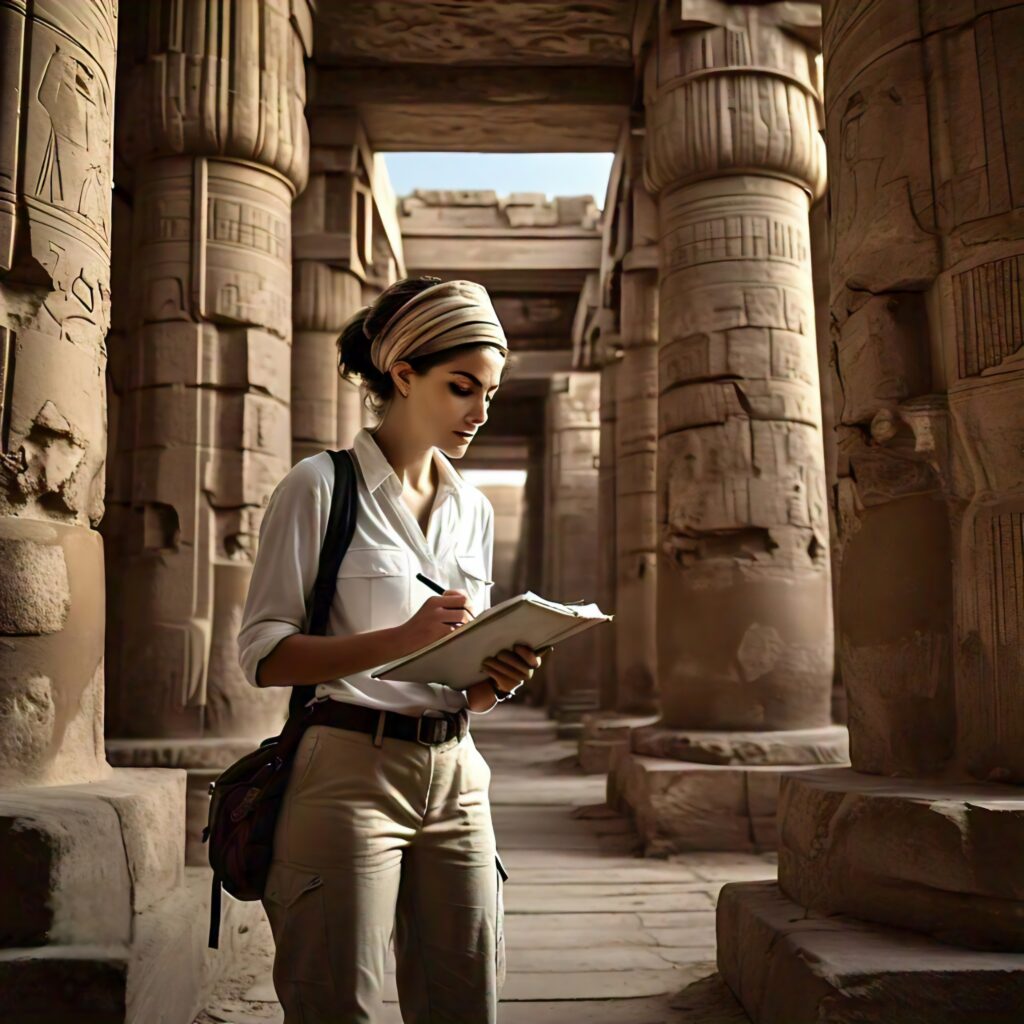
The Egyptian Golden Age represents a pinnacle of human achievement, characterized by extraordinary advancements in architecture, art, literature, and governance. This era, spanning from the Old Kingdom through the New Kingdom, showcases the remarkable accomplishments of one of history’s most influential civilizations. By exploring the achievements and legacy of this golden era, we gain a deeper appreciation for the richness and complexity of ancient Egyptian culture.
FAQs
What was the Egyptian Golden Age?
The Egyptian Golden Age refers to a period of great prosperity and achievement in ancient Egypt, spanning several dynasties and characterized by advancements in art, architecture, and governance.
What were the major achievements during the Golden Age?
Major achievements include the construction of the pyramids of Giza, advancements in art and literature, technological innovations, and the expansion of trade and commerce.
How did the Egyptian Golden Age impact modern culture?
The Egyptian Golden Age influenced modern culture through its architectural and artistic innovations, which have inspired subsequent civilizations and continue to captivate contemporary audiences.
Why did the Golden Age of Egypt come to an end?
The decline of the Golden Age was due to factors such as internal strife, economic challenges, and invasions by foreign powers, leading to a period of fragmentation and reduced central authority.
How was daily life during the Egyptian Golden Age?
Daily life during the Golden Age involved a structured social hierarchy, with activities centered around agriculture, community events, and religious practices. The prosperity of the era allowed for advancements in education, art, and leisure.
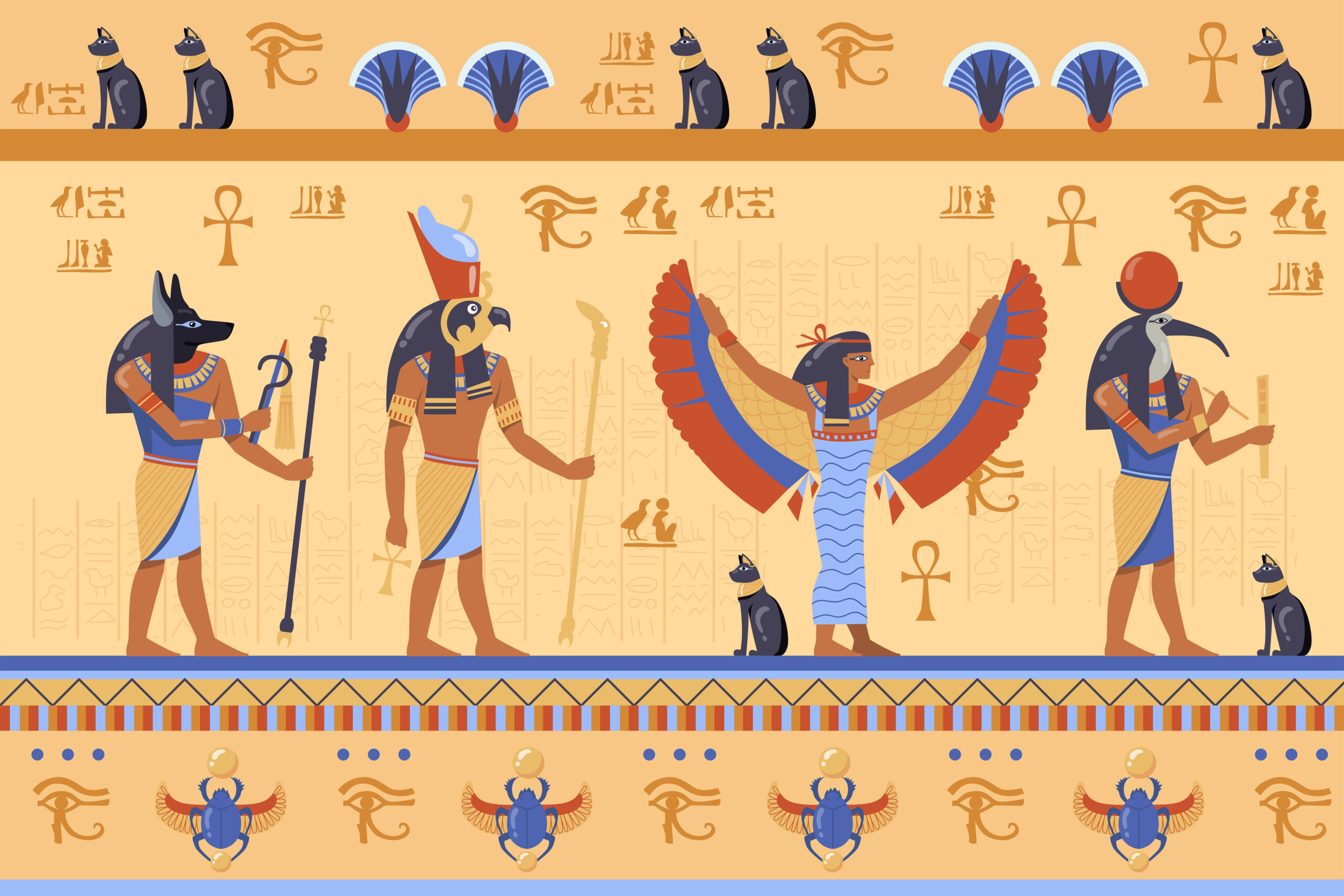
4 thoughts on “The Egyptian Golden Age: A Journey Through Time”